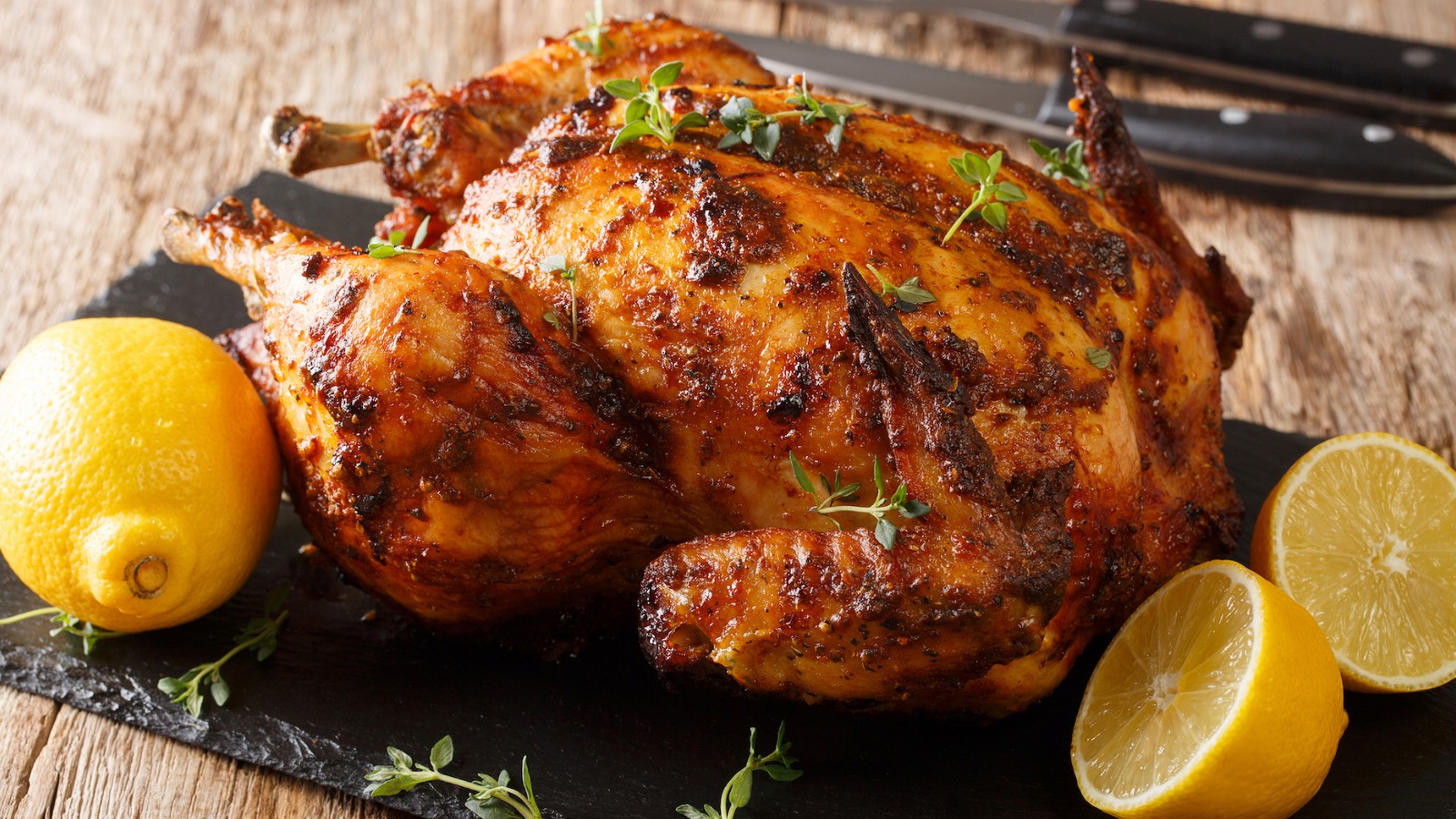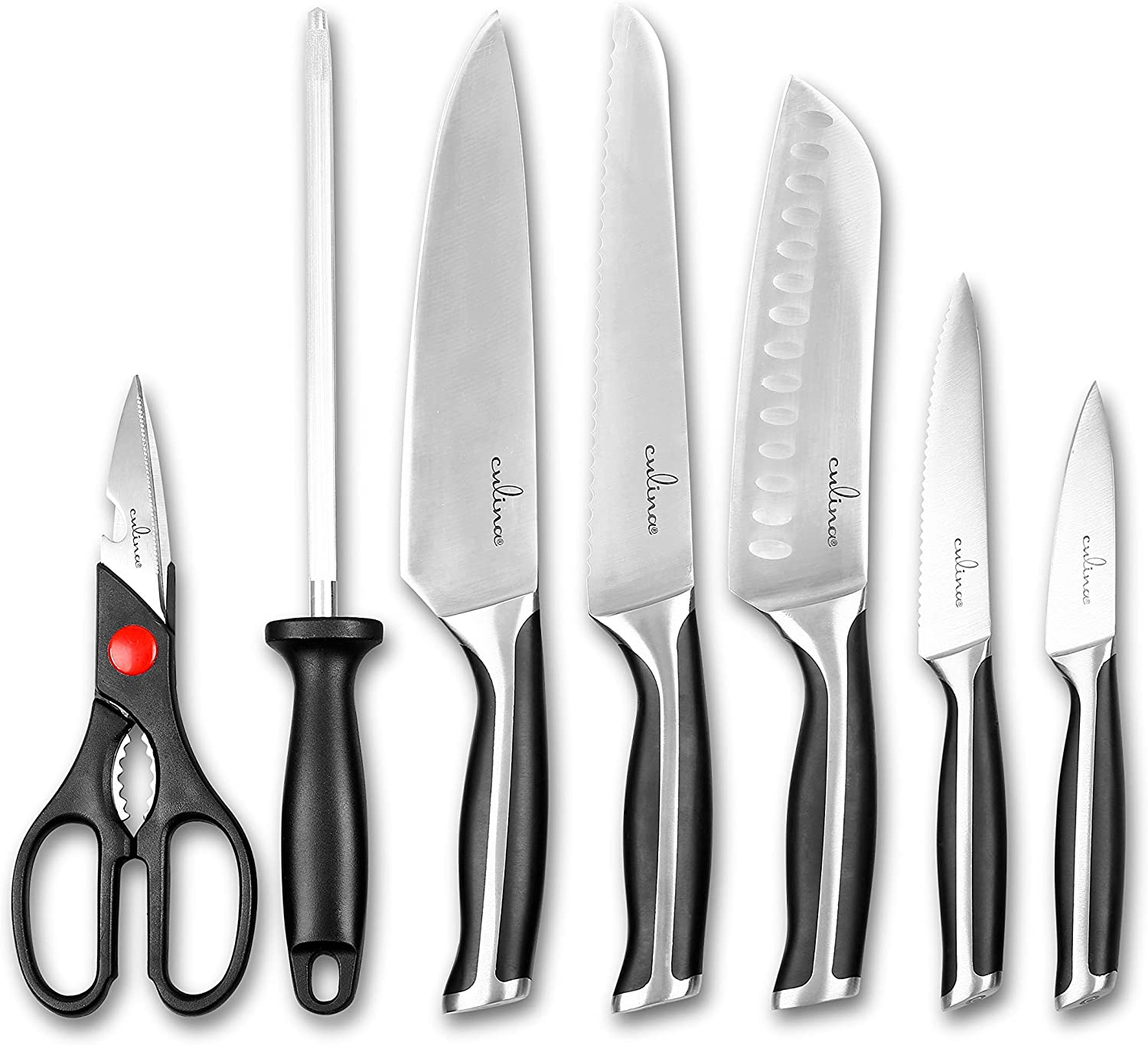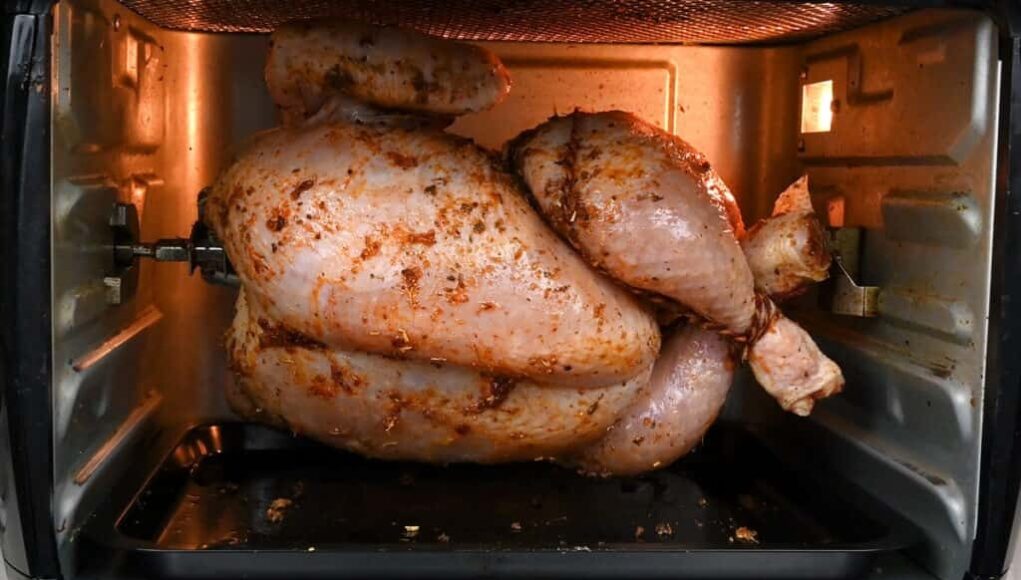When it comes to tasty and convenient meals, rotisserie chicken often tops the list. But have you ever wondered how many grams of protein in rotisserie chicken? This question is more common than you might think, and we are here to provide you with a detailed answer. Not only will we tell you about the protein content, but we’ll also explore its other nutritional benefits. Armed with this information, youll find it easier to incorporate this delicious dish into your daily diet.

The Basic Nutritional Content
Rotisserie chicken, a favorite choice for many, is not just tasty but also packed with essential nutrients. But before we dig deep into its protein content, let’s understand its basic nutritional value.
Calories and Macronutrients
One of the reasons why people love rotisserie chicken is its balanced macronutrient profile. On average, a 3-ounce serving of rotisserie chicken provides:
- 140 calories
- 3 grams of fat
- 0 grams of carbohydrates
- 20 grams of protein
This makes rotisserie chicken an excellent source of low-calorie, high-protein meat.
Vitamins and Minerals
Alongside its macronutrients, rotisserie chicken is a good source of various vitamins and minerals such as:
- Vitamin B6
- Niacin
- Selenium
- Phosphorus
These nutrients play crucial roles in maintaining overall health, from boosting immunity to supporting metabolic functions.

Protein Content in Rotisserie Chicken
How Protein is Measured
Protein, an essential macronutrient, is vital for muscle building, tissue repair, and overall growth. Measuring protein content can vary depending on the part of the chicken and how it’s prepared. For instance, skinless chicken breast offers a different amount of protein compared to thighs or wings.
Skinless Chicken Breast
A 3-ounce serving of skinless chicken breast from a rotisserie chicken generally contains around 24 grams of protein. Skinless breasts are considered the leanest cut, offering the highest protein content with minimal fat.
Chicken Thighs
A comparable serving of chicken thighs contains approximately 16 grams of protein. Though it has a slightly higher fat content than the breast, it provides a juicy and flavorful alternative.
Legs and Wings
Legs and wings are often the favorites for those who enjoy a bit more fat in their meat. They offer about 10-12 grams of protein per 3-ounce serving, depending on whether the skin is left on.

Comparing with Other Protein Sources
It’s important to put the protein content of rotisserie chicken in perspective by comparing it with other common protein sources.
- Steak: Typically offers 23 grams of protein per 3-ounce serving but tends to be much higher in fat.
- Salmon: Provides roughly 19 grams of protein per 3-ounce serving, along with beneficial omega-3 fatty acids.
- Tofu: A vegetarian option, offering about 8 grams of protein per 3-ounce serving.
As you can see, rotisserie chicken stacks up well against these other protein sources, making it a terrific option for those looking to boost their protein intake without overloading on calories or fat.
Benefits of High-Protein Diets
Muscle Growth and Repair
One of the primary benefits of consuming a high-protein diet is that it aids in muscle growth and repair. This is particularly beneficial for athletes and those who engage in regular physical activity.
Weight Management
High-protein foods like rotisserie chicken can help you feel full for longer, reducing the urge to overeat. This makes it easier to manage your weight effectively.
Boosts Metabolism
Protein requires more energy for digestion compared to carbohydrates and fats, which means your body burns more calories metabolizing protein. This further contributes to weight management and overall metabolic health.
Supports Overall Health
A diet rich in protein supports a variety of bodily functions, from enzyme production to hormone regulation. Ensuring you get enough protein can improve overall health and well-being.
Tips for Including Rotisserie Chicken in Your Diet
Healthy Meal Prep
One of the easiest ways to make sure you get enough protein is by incorporating rotisserie chicken into your meal prep. Portioning out servings in advance can save you time and ensure you have a high-protein option ready.
Creative Recipes
Rotisserie chicken is incredibly versatile and can be used in various recipes such as salads, wraps, and stir-fries. Check out some creative ways to use rotisserie chicken to keep your meals exciting.
Snacking Smart
If you find yourself hungry between meals, consider snacking on shredded rotisserie chicken. It’s a better alternative to high-carb or sugary snacks and provides a protein boost to keep you satiated.
How to Store and Reheat Rotisserie Chicken
Proper storage and reheating methods are crucial to maintaining the nutritional value and taste of your rotisserie chicken.
Storing Rotisserie Chicken
Store your rotisserie chicken in an airtight container and keep it in the fridge. It can stay fresh for up to four days. For longer storage, consider freezing the chicken in portioned sizes.
Reheating Tips
Reheat your chicken using an oven or stovetop to retain its moisture and flavor. Microwaving can make the meat dry, so its best to avoid it. Here are some tips for reheating your rotisserie chicken.
Frequently Asked Questions (FAQs)
Is rotisserie chicken good for muscle building?
Yes, the high protein content in rotisserie chicken makes it an excellent choice for muscle building and repair.
Can I eat rotisserie chicken on a diet?
Absolutely! Rotisserie chicken is low in calories and high in protein, making it suitable for various diet plans.
How should I serve rotisserie chicken for a quick meal?
You can use rotisserie chicken as a base for salads, wraps, or even as a topping for pizzas. For more ideas, check out these quick meal suggestions.
As an Amazon Associate, I earn from qualifying purchases.









